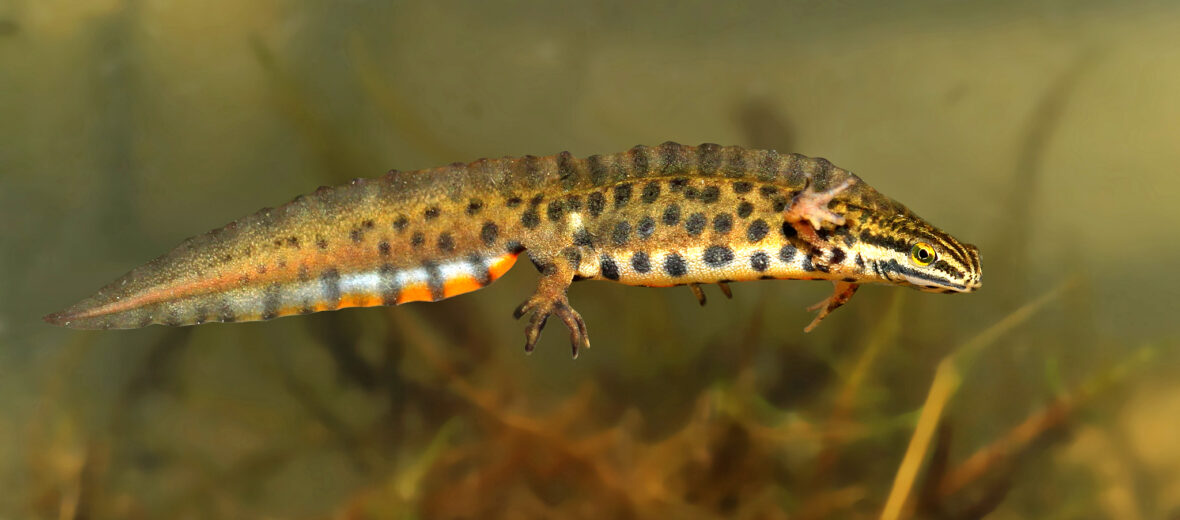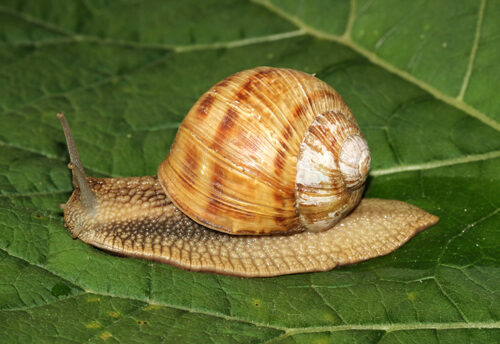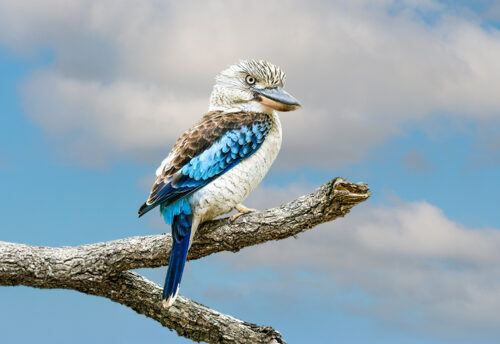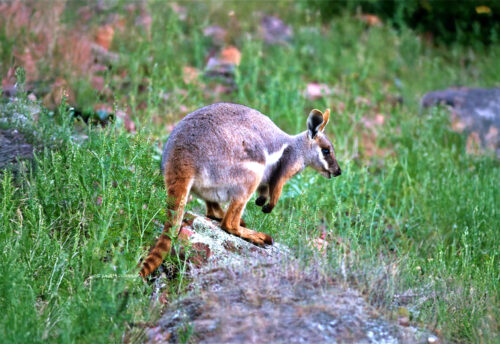
The smooth newt, aka common newt, European newt, or northern smooth newt, can be found throughout Europe and portions of western Asia. They have also been introduced to Australia. These adaptable newts can tolerate a range of habitats like standing water with numerous weeds for breeding, such as lake margins, ponds, ditches, vernal pools (that have standing water for at least 3 months out of the year), deciduous woodlands, wet heathlands, bogs, marshes, gardens, parks, and even farmlands. Due to their abundant and stable populations, these critters are listed as Least Concern by the IUCN.
First the Stats…
Scientific name: Lissotriton vulgaris
Weight: Up to .183 ounce
Length: Up to 4.3 inches
Lifespan: Up to 14 years
Now on to the Facts!
1.) Even though they’re listed as Least Concern, they do face the threats of habitat loss and destruction at the hands of logging and dam construction; hunting; trapping; and invasive species, which brings about predation, disease, competition for food, and interbreeding.
2.) Carl Linnaeus initially described these amphibians as a type of lizard.
3.) There are 5 additional species of smooth newt which were initially described as subspecies: the Greek smooth newt, caucasian smooth newt, Kosswig’s smooth newt, Schmidtler’s smooth newt, and the carpathian newt.
4.) Hybridization occurs between these species.
5.) These newts are predominantly nocturnal (active at night).
But wait, there’s more on the smooth newt!
6.) The smooth newt typically prefers habitats at lower elevations.
7.) During the breeding season, males develop a crest along their back and their coloration changes.
Did you know…?
Smooth newts are a protected species by the Berne Convention.
8.) Males woo females with an underwater display of various movements and advances.
9.) Females attach the up to 500 fertilized eggs to water plants and they hatch in up to 20 days.
10.) Larvae take up to 3 months to metamorphose into adults, then leave the water.
But wait, there’s still more on the smooth newt!
11.) A female can lay fertilized eggs from multiple fathers.
12.) Frogs, snakes, waterbirds, and larger newt species, like the northern crested newt all prey on smooth newts.
Did you know…?
These newts are diploid (possess 2 copies of each chromosome) possessing 24 chromosomes in total.
13.) Earthworms, snails, and insects are all preyed on by adults. Plankton and smaller worms are consumed by larvae. Cannibalism also takes place primarily by preying on eggs of their own species, but adults will sometimes cannibalize smaller newts that have newly breached the water.
14.) A variety of parasites and pathogens trouble smooth newts, such as chytridiomycosis, picornavirus, ranaviruses, protozoans, trematodes, and Parastrigea robusta.
15.) Paedomorphism, where adults stay aquatic and keep their gills and their skin seams, or sometimes only partially resorb them, occurs often but only in a small amount of individuals. This usually takes place in regions with colder water bodies and an abundance of aquatic food.
Now a Short Smooth Newt Video!
Be sure to share & comment below! Also, check out the Critter Science YouTube channel. Videos added regularly!
Want to suggest a critter for me to write about? Let me know here.
Some source material acquired from: Wikipedia & IUCN
Photo credit: iNaturalist



